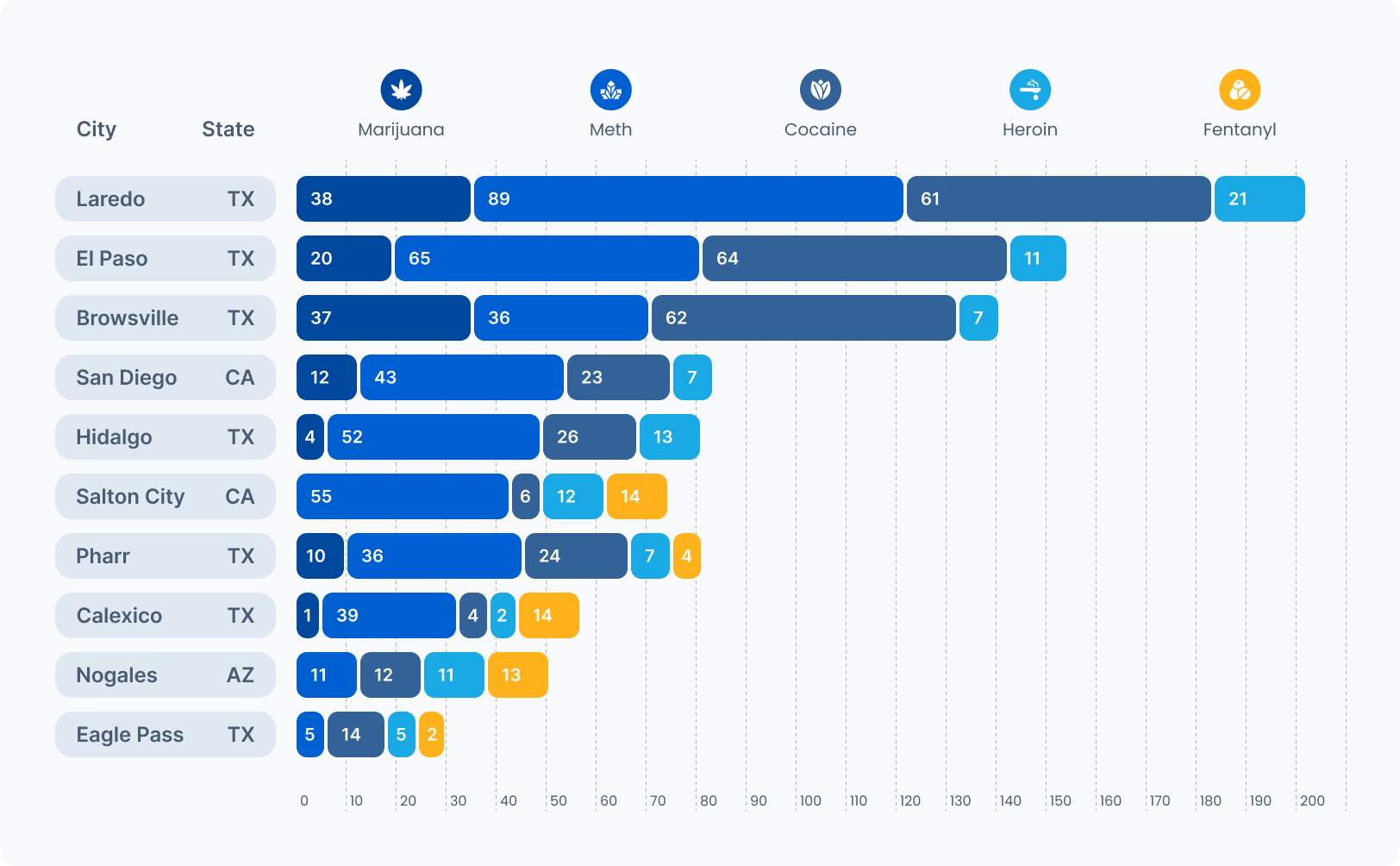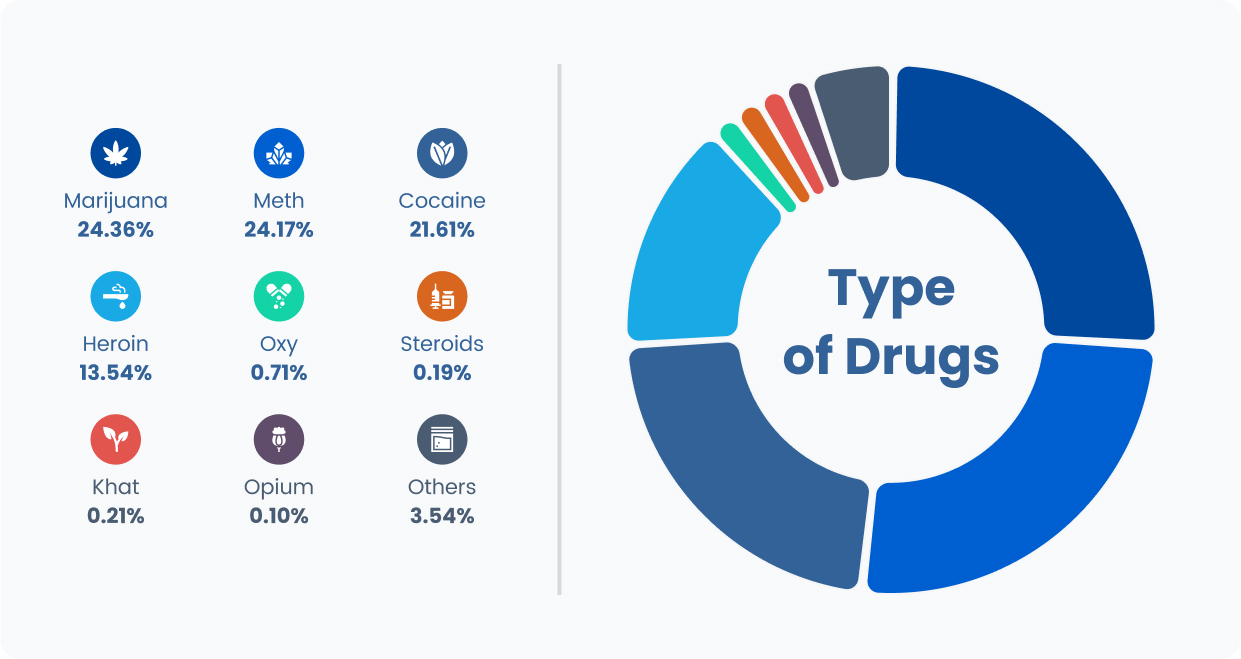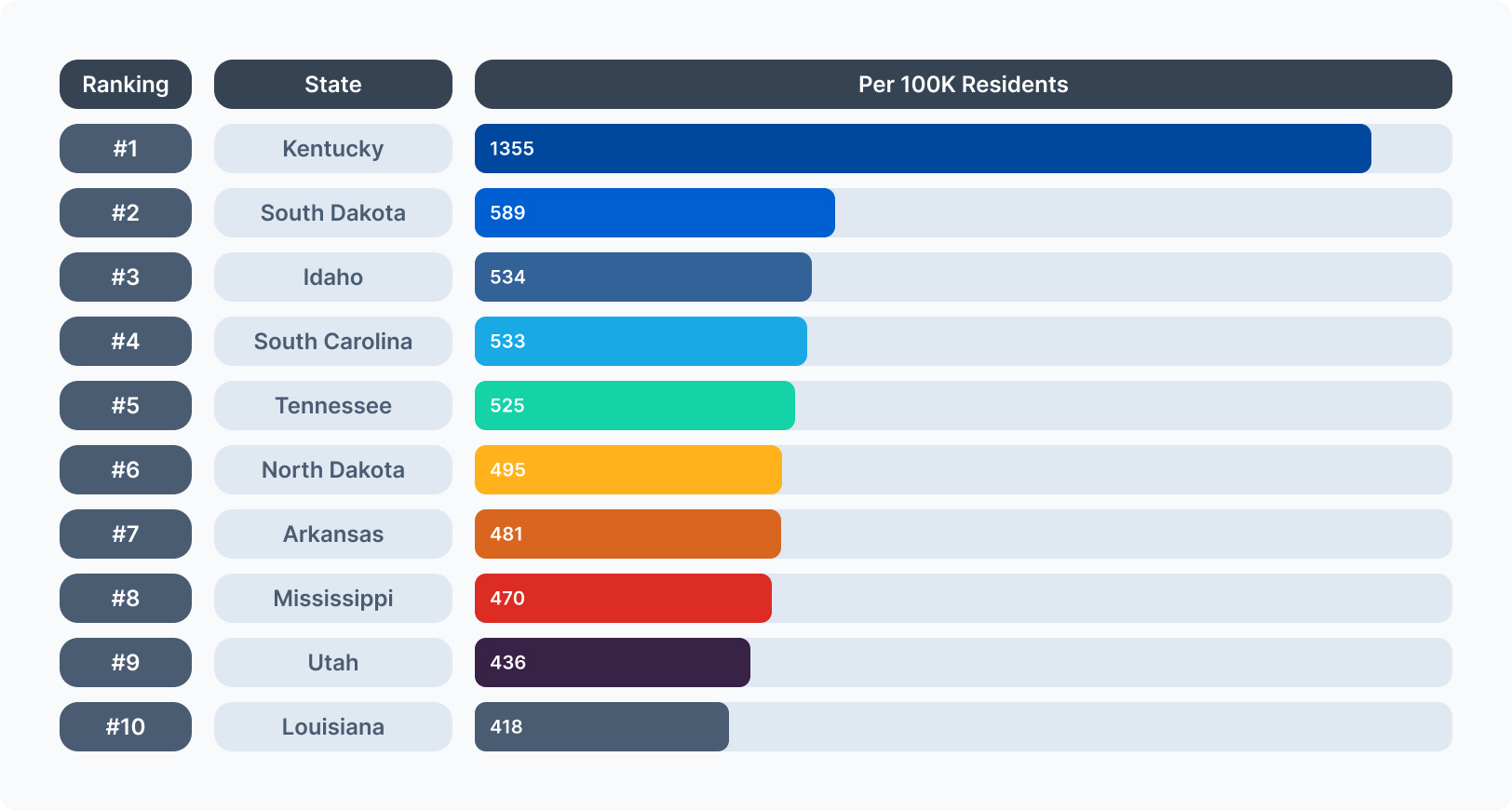Every year there are more than 1 million drug arrests in the US. An estimated 80% of prison inmates have misused drugs or alcohol.
There were 353,000 people facing a drug conviction in 2023 and 132,000 of those were in state prisons, 129,000 were in local jails and 90,000 were in Federal prisons. The remaining were spread across Indian country jails, military prisons, and youth offenders.
Incarceration has lasting effects on physical, psychological, and economic outcomes for the people in prison and their families. It can lead to lower lifetime earnings, food insecurity, and a reliance on public assistance.
Children of incarcerated parents suffer declines in academic and health outcomes and communities are destabilized. From 2008 to 2010 the prison population reached the highest levels followed by nearly a decade of steady decline. In 2022 the trend ended and the number of prisoners rose by 2%.
Roughly 70.5 million people aged 12 and older reported using an illegal drug in 2023. This also marked the first year since 2018 that there was a decrease in overdose deaths in the U.S. Despite the progress there were an estimated 107,543 people who died from a drug overdose death in 2023.
Below we take a closer look at drug arrests in America with a detailed approach to the drug epidemic in the country.
Cities and States with the Most Drug Busts

Many of the drug arrests in the US are concentrated around the southern border where the drug cartel is known to transport drugs across the border. The majority of drug arrests are made in Laredo, Texas between the World Trade Bridge and the Juarez Lincoln Bridge. These are the two points of entry in Laredo between Mexico and Texas.
The World Trade Bridge was built to address the increasing trade volume between the U.S. and Mexico after the North American Free Trade Agreement took effect in 1994. The Bridge opened in 2000 and plays a critical role in trade which the drug cartels also use to smuggle drugs.
The Juarez Lincoln International Bridge is a key pedestrian and vehicle crossing between the two countries, supporting tourism and trade. U.S. Customs and Border Protection officers seized narcotics on these bridges with a combined street value exceeding $11 million in 2023.
What Types of Drug Charges Are Most Common?

Marijuana continues to account for the greatest number of drug violations across the U.S despite its increasing legalization. The most popular drugs being smuggled into the 10 most impacted US cities are methamphetamine and cocaine.
The number of drug arrests from 2001 to 2021 dropped for several drugs including a drop of 9% for crack cocaine, 5% for marijuana, 3% for heroin, and 3% for powder cocaine. These statistics may continue to fluctuate as more states legalize marijuana.
Drug Related Crime Statistics Over the Years
The number of drug arrests remained relatively stable from 2019 until 2022 and dropped by 3% in 2023.
While the overall number of marijuana arrests remained high 35% of the total arrests occurred in 2019 and dropped each year to 8.26% in 2023. This likely reflected the increasing number of states that legalized recreational and medicinal use.
FBI crime statistics also show that the overall number of arrests for methamphetamine was comparable to marijuana. Unlike the marijuana arrests that consistently dropped during the five years of the data collection meth arrests peaked at 24% in 2021 and dropped to 16% in 2023.
States With the Most Drug Arrests

The effect of illicit substances on the country’s population is not spread equally across states. When you look at the top 10 states for drug arrests per 100,000 residents, you’ll notice many of them are on the Atlantic coast.
The largest by far is the mostly rural state of Kentucky. Many factors play a role in illicit drug use beyond behaviors that are often associated with large urban areas.
Drug use is influenced by a variety of interconnected factors that span biological, psychological, social, and environmental dimensions.
Family environment, peer influence, cultural acceptance, stress, and trauma are all factors that affect drug use but are not exclusive to living in urban areas.
Drug-Related Statistics and Arrests
These statistics underscore the need for law enforcement, preventive measures, and drug treatment to address a widespread and growing public health challenge of drug misuse.
The efforts to combat these issues require a multifaceted approach with an understanding of demographics and trends behind arrests that can help target resources effectively.
Addressing drug misuse requires collaboration between public health officials and local communities to reduce addiction rates and prevent the cycle of incarceration. Drug misuse exists on a continuum and the symptoms vary from first person to person.
When you are looking for resources and detailed information on how to help yourself or a loved one move toward sobriety, websites like this are a good place to start. Finding the right treatment center can be a life changing event.
Services like these make the search simpler and easier. Taking the first step towards sobriety may be challenging, but it is never too late to take control of your health.
Methodology
We gathered the drug arrest data from 2019 to 2023 from drugs.globalincidentmap.com, which tracks arrests from the news and analyzes the data based on geolocation to determine the location where the arrests took place, which drugs were involved, and how the data changes over time.
Want to Use Our Study?
We’d love to share our study with your readers! All we ask is that you include a link to this page so your readers can see the full study.

